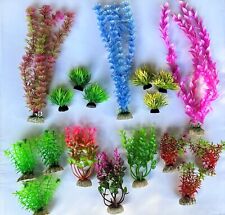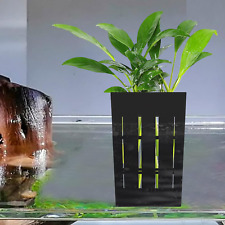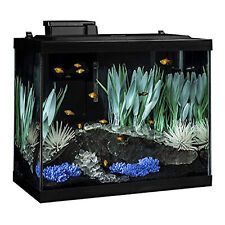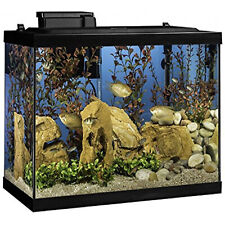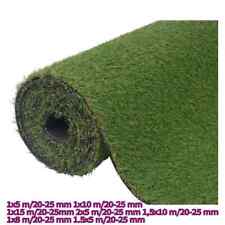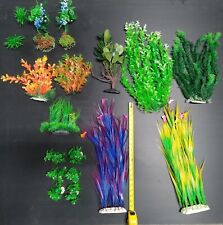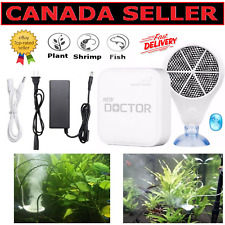Emotionally Neutral Horse Training
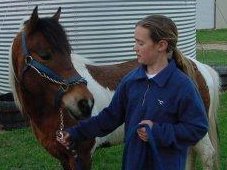
To find that neutral zone, you have to quiet your mind so that the only thing you should be thinking about is what you and the horse are doing right now. You are not thinking about what you did with your horse yesterday, or what you plan to do after you get the saddle on, or what kind of pizza you want for lunch. Now is all you have with your horse. So that’s what you focus on.
Then you have to remember that rhythm leads to relaxation and these two things are the foundation of anything you’re going to do with your horse that day. Make everything you do rhythmic in some way and pretty soon the horse will pick up on the rhythm and you’ll have his calm, relaxed attention.
You start by paying attention to your breathing so that you develop a rhythm before you even get near the horse. Whether you’re going to get him out of a stall or out of a field, stop wherever you are as soon as the horse notices you. Check your breathing to make sure it’s rhythmic, deep and slow. The objective is to have control of yourself before you get into the horse’s space.
So let’s say your horse is in a stall with his butt to you. As soon as he notices you in the aisle or at the stall door, you just stand there being neutral and quiet, breathing deeply, hands low, giving no sign of being a "hunter" in any way. You don’t stare at him or make any moves that put pressure on him. When the horse takes his attention off of you, you move a little closer or just bump the door a little or make a tiny noise. The idea is to interrupt his looking away without doing anything that startles him or interrupts your breathing. You just want to put his attention back on you because attention is a direct opening to the horse’s mind.
If you have to, you can repeat the bump or little fuss or noise. Eventually the horse will turn around to see what your problem is. As he turns and approaches, you back up just slightly without opening the door all the way. By backing up just a little as he comes around to you, you’re taking some of the pressure off his decision to move closer. You just don’t give away as much as he’s taking. You want to make a slow, smooth move back a little, then stop and stand still. Keep checking in with yourself to make sure your breathing is rhythmic and relaxed. The horse will look at you, then he’ll look over your head or he may even barely move his eyes. But he’ll take his attention off of you. So you make that little noise or fuss again to bring his attention back to you.
If you get his attention when he’s in a pasture and then he walks off, you can follow quietly directly behind him at a distance that doesn’t make him feel he’s being chased. You continue to stay emotionally neutral and you walk in cadence with your breathing so you stay rhythmic and relaxed. To get his attention back, you can move out just a little to one side until he moves his head over to that side to see where you’ve gone. Then, still quietly following along, you move over to the other side just enough to get him to swing his head to that side. Pretty soon he’ll stop and turn around to see what you’re up to. You stop and wait till he offers to shorten the distance between you.
Over a series of repetitions, the horse’s trust will grow and he’ll start to shorten the distance between you whether he’s in a stall or in a field. When he finally shortens it all the way and is standing there facing you, you just sidle up beside his neck and start scratching, always in rhythm with your breathing. Your rhythmic breathing keeps you from patting too fast or doing anything that transmits nervousness.
So you’re in the stall or in the field and you go ahead and slip on the halter, keeping your breathing rhythmic the whole time. If he turns and leaves when you try to put the halter on, just go back to your emotionally neutral fussing or following until he comes back. Once you have the halter and lead on him, you step out in rhythm with your breathing and wait for him to walk in time with your breathing. You don’t want the lead tight. You want the horse to pick up on the cadence of your breathing which should be in the same cadence as your steps.
When you get to the arena or the round pen where you’re going to work, you go out to the center with the horse and you continue breathing and scratching, using your breathing as your timing mechanism. Feel the rhythm of your breathing and feel what you’re getting back from the horse. When you’re ready to let the horse go out away from you, just let the lead get longer and longer and continue to concentrate on your breathing. If the horse tries to take off, he’ll catch his breath. You just keep on breathing rhymically. You want the horse to learn to breathe as steadily and calmly as you are breathing. A super athlete will run out of air unless he’s taught to breathe while he’s working. So, right from the start, teach your horse to breathe rhythmically. Then you change directions and do the whole workout again in cadence with your breathing at a comfortable rate.
So you do a lot of days of repetitions of doing circles at the end of the lead until that’s a familiar, comfortable shape for the horse and he’s working in a rhythmic and relaxed way. You can tell if the horse is feeling rhythmic and relaxed by watching his breathing and how he’s carrying his head. If he’s breathing steadily and lowering his head, he’s feeling rhythmic and relaxed. Any time his head is elevated, so is his excitement level. So if anything you do raises the level of his head, you’re losing rhythm and relaxation. Back up to the point where you had it, get the calmness back, and try again. This is true whether you are working with green horses or older horses.
When you eventually send the horse out on the circle on his own, don’t make any sudden adjustments in your movements. Whenever anything changes, do it in rhythm with your breathing while the horse is working in a familiar shape. Don’t breathe so deeply that you start to hyperventilate, but concentrate on your breathing, especially when anything squirts out of control.
When you want the horse to stop, don’t do anything abrupt. If you do anything to make the horse stop that raises his head, you’ve raised his excitement level and lost that rhythm and relaxation. If you start holding your breath or you can’t keep from breathing in an excited way, leave the arena or the round pen until you get your breathing under control. Then go back and start over. Nothing can go wrong that can hurt the process because the process is going to go on for a long time. Ultimately, your breathing will give you the calmness you want whenever you walk up to a horse.
There aren’t any exact training recipes you can apply to every horse. You have to understand the basics and then teach yourself how to apply them to a particular horse. The horse will help you as you study him to understand whether what you are doing keeps him rhythmic and relaxes or raises his excitement level. Your own comfort level will increase as you figure out how to do what you want to do and that will increase your own rhythm and relaxation. Which in turn will help the horse be more rhythmic and relaxed and so on and so on.
In the old days, they used to strap a saddle on and send the horse out to buck until it figured out the thing wasn’t going to come off. Now if a horse has a hissy fit about some new piece of equipment, you know how to just go back to getting him calm using rhythm and relaxation and familiar shapes he already understands. And you know how to stay rhythmic and relaxed as you reintroduce it.
The real benefit to all this comes down the road when you’re jumping or barrel racing and you have a horse that is completely tuned into and trusting your every move. Everything becomes a lot more fun. So no matter what’s going on with the horse or around the horse, you just keep working on rhythm and relaxation, working on riding every stride so that your mind is always in that emotionally neutral zone. And you keep your mind right by just staying with the cadence of your breathing. Good training is really boring to watch.

